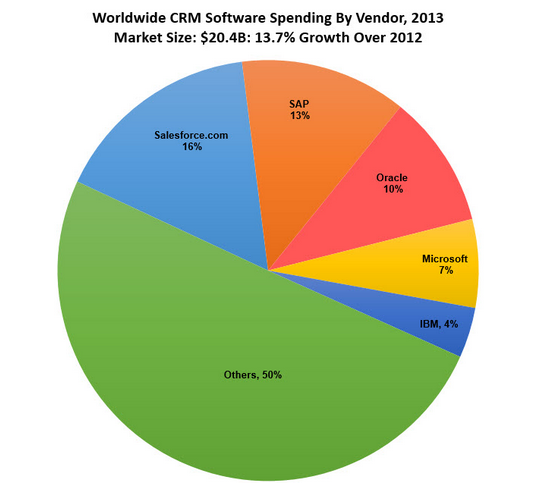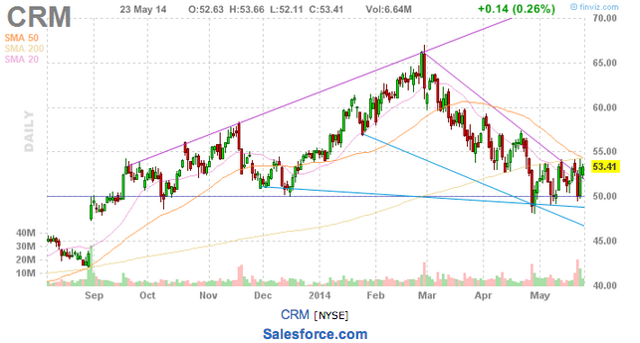Kay Bell for Bankrate/Yahoo Finance writes: TaxesTax Credits Home Sweet Homeowner Tax Breaks With the housing market improving in some regions of the country, many people are becoming new homeowners.
If you're among the new property owners, congratulations. You've just taken another step up the American-dream ladder and are a homeowner. Along with the joy of painting, plumbing and yard work, you now have some new tax considerations.
The good news is you can deduct many home-related expenses. These tax breaks are available for any abode -- mobile home, single-family residence, town house, condominium or cooperative apartment.
And most homeowners enjoy tax breaks even when they sell their residence.
The bad news is, to take full tax advantage of your home, your taxes will likely get more complicated. In most cases, homeowners itemize. That means you're not living on "EZ" Street anymore; you've moved to Form 1040 and Schedule A, where you'll have to detail your tax-deductible expenses.
For many homeowners, the effort of itemizing is well worth it at tax time. Some, however, might find that claiming the standard deduction remains their best move.
If you do find that itemizing is best for your tax situation, here's a look at homeowner expenses you can deduct on Schedule A, ones you can't and some tips to get the most tax advantages out of your new property-owning status.
Mortgage interest
Your biggest tax break is reflected in the house payment you make each month since, for most homeowners, the bulk of that check goes toward interest. And all that interest is deductible, unless your loan is more than $1 million. If you're the proud owner of a multimillion-dollar mortgaged mansion, the Internal Revenue Service will limit your deductible interest.
Interest tax breaks don't end with your home's first mortgage. Did you pull out extra cash through refinancing? Or did you decide instead to get a home equity loan or line of credit? Generally, equity debts of $100,000 or less are fully deductible.
What if you're the proud owner of multiple properties? Mortgage interest on a second home also is fully deductible. In fact, your additional property doesn't have to strictly be a house. It could be a boat or RV, as long as it has cooking, sleeping and bathroom facilities. You can even rent out your second property for part of the year and still take full advantage of the mortgage interest tax deduction as long as you also spend some time there.
But be careful. If you don't vacation at least 14 days at your second property, or more than 10 percent of the number of days that you do rent it out (whichever is longer), the IRS could consider the place a residential rental property and ax your interest deduction.
Points
Did you pay points to get a better rate on any of your various home loans? They offer a tax break, too. The only issue is exactly when you get to claim them.
The IRS lets you deduct points in the year you paid them if, among other things, the loan is to purchase or build your main home, payment of points is an established business practice in your area and the points were within the usual range. Make sure your loan meets all the qualification requirements so that you can deduct points all at once.
A homeowner who pays points on a refinanced loan is also eligible for this tax break, but in most cases the points must be deducted over the life of the loan. So if you paid $2,000 in points to refinance your mortgage for 30 years, you can deduct $5.56 per monthly payment, or a total of $66.72 if you made 12 payments in one year on the new loan.
The same rule applies to home equity loans or lines of credit. When the loan money is used for work on the house securing the loan, the points are deductible in the year the loan is taken out. But if you use the extra cash for something else, such as buying a car, the point deductions must be parceled out over the equity loan's term.
And points paid on a loan secured by a second home or vacation residence, regardless of how the cash is used, must be amortized over the life of the loan.
Taxes
The other major deduction in connection with your home is property taxes.
A big part of most monthly loan payments is taxes, which go into an escrow account for payment once a year. This amount should be included on the annual statement you get from your lender, along with your loan interest information. These taxes will be an annual deduction as long as you own your home.
But if this is your first tax year in your house, dig out the settlement sheet you got at closing to find additional tax payment data. When the property was transferred from the seller to you, the year's tax payments were divided so that each of you paid the taxes for that portion of the tax year during which you owned the home. Your share of these taxes is fully deductible.
Property taxes must be deducted as an itemized expense on Schedule A.
When you sell
When you decide to move up to a bigger home, you'll be able to avoid some taxes on the profit you make.
Years ago, to avoid paying tax on the sale of a residence, a homeowner had to use the sale proceeds to buy another house. In 1997, the law was changed so that up to $250,000 in sales gain ($500,000 for married, filing jointly) is tax-free as long as the homeowner owned the property for two years and lived in it for two of the five years before the sale.
If you sell before meeting the ownership and residency requirements, you owe tax on any profit. The IRS provides some tax relief if the sale is because of a change in the owner's health, employment or unforeseen circumstances. In these cases, the tax-free gain amount is prorated.
A ruling by the IRS in late 2002 could put more dollars in homeowners' pockets when they must sell before they qualify for the full tax break. The Treasury has defined the unforeseen circumstances that often force homeowners to sell and under which they now can get some tax relief.
Unforeseen circumstances
- Death.
- Divorce or legal separation.
- Job loss that qualifies for unemployment compensation.
- Employment changes that make it difficult for the homeowner to meet mortgage and basic living expenses.
- Multiple births from the same pregnancy.
A partial exclusion can be claimed if the sale was prompted by residential damage from a natural or man-made disaster or the property was "involuntarily converted," for example, taken by a local government under eminent domain law.
Second home sales also can provide some tax benefits, but not as much as they did in the past, thanks to a law that took effect in 2008. Previously, you could move into your vacation property, live in the home as your primary residence for two years and then sell and pocket up to $250,000 or $500,000 profit tax-free. Now, however, you'll owe tax on part of the sale money based on how long the house was used as a second residence.
Foreclosure tax troubles
Unfortunately, thousands of Americans over the past few years have seen their homeownership dream crumble.
Many lost homes to foreclosure.
Others disposed of their homes via a short sale to prevent more drastic lender action. In a short sale, the mortgage lender allows you to sell the property for less than the outstanding loan balance and cancels the remaining loan balance.
At best, struggling homeowners were able to restructure their mortgage terms so they could keep their homes under more favorable loan terms.
All of these cases, however, generally carry tax costs. The lender's forgiveness of the existing home's mortgage, in full or in part, is known as canceled debt and that amount is taxable income.
Because so many homeowners were facing cancellation of debt, or COD, tax bills, the Mortgage Debt Relief Act of 2007 was enacted to provide some relief. Under this law, homeowners who were foreclosed, completed a short sale or had their home debt reduced by mortgage restructuring do not have to count the canceled debt as taxable income.
Up to $2 million of forgiven debt, or $1 million for married taxpayers filing separately, qualified for the tax exclusion.
However, this law expired on Dec. 31, 2013. It is part of a larger group of tax breaks known as extenders that are expected to be reconsidered by Congress sometime in 2014, but there is no guarantee that the Mortgage Debt Relief Act, which was last extended in 2009, will be renewed again.
What's not tax deductible
While many tax breaks are available to a homeowner, don't get too carried away. There are still a few things for which you have to bear the full cost.
One such expense is insurance. If you pay private mortgage insurance, or PMI, because you weren't able to come up with a large enough down payment, that's a cost you probably won't be able to deduct -- unless you meet the requirements of a special PMI law. Under this law, some homeowners can deduct on Schedule A their PMI payments on loans originated or refinanced between Jan. 1, 2007, and Dec. 31, 2013, and which meet certain loan amount limits.
Note the 2013 expiration date. The PMI-as-interest tax break, like the COD law, expired last year and may or may not be revived by Congress in 2014.
The other big home-related insurance cost, property hazard insurance premiums, still remains nondeductible for all, even though the coverage generally is required as part of the home loan and is included as a portion of your monthly payment.
Other nondeductible residential expenses include homeowners association dues, any additional principal payments you make, depreciation of your home, and general closing costs and local assessments to increase the value of your neighborhood, such as construction of new sidewalks or utility connections.
What about all those repairs that seem to crop up the day after you move in? Surely, they're tax-deductible. Sorry. While they'll make your house much more comfortable, you're on your own here, too.
But hold on to the receipts. Some longtime homeowners may find their property has appreciated beyond the $250,000 ($500,000 for married couples) amount the IRS will let you keep tax-free when you sell. If that happens, the records of property improvements could help you establish a higher basis for your house and reduce your taxable profit.




